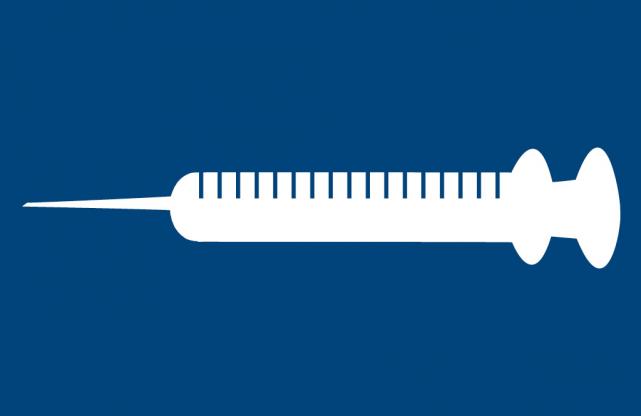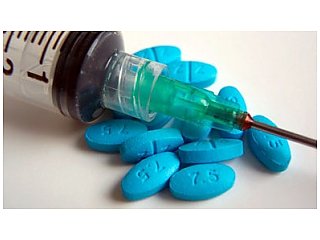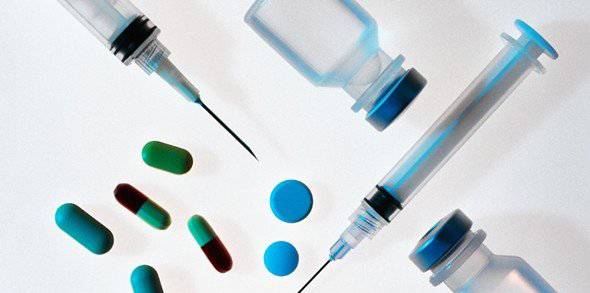How far would you go for your ideal physique? In the quest for superhuman strength, bodybuilders across the nation a...
Police have been dealing with drug dealers for years now and the problem substances have typically been heroin, cocaine,...
Not many people realise that LSD has been around since the 1930s. It was manufactured and distributed in the 1940s and 5...
Drugs cheats are increasingly using small doses of banned steroids and substances that are undetectable within a matter ...
One in 10 men who inject themselves with anabolic steroids or tanning drugs have been exposed to HIV, hepatitis B or h...
Anabolic steroids are sometimes used by athletes or those who weight lift to build more muscle quickly. Other reason...
For years now there has been an on-going debate and accusations levelled at seven-time Tour de France champion Lance Arm...
What are Anabolic Steroids? Anabolic steroids are drugs that mimic the effects of 2 predominately male hormones, test...









